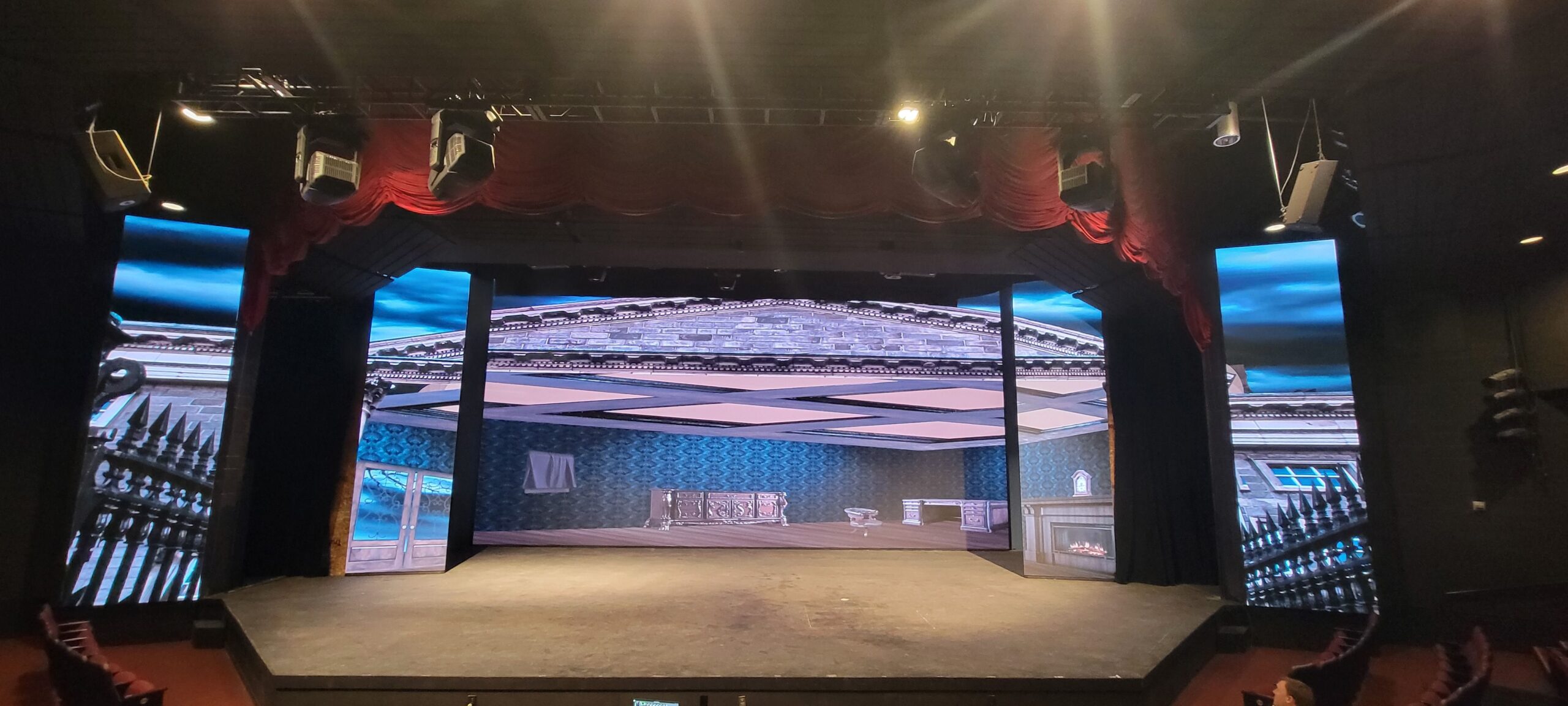As a non-profit theatre, budgeting and planning for the future is an important part of the process in managing your organization. Non-profit organizations understand that large and unplanned expenses can be difficult to complete without ruining your current or future operating budgets, and often require additional fundraising. This fundraising takes staff time away from their regular duties, and also diverts funds from foundations or individual patrons away from operating budgets to pay for short-term needs or capital expenditures.
What is Hardware as a Service (HaaS)?
HaaS is a model where organizations pay for hardware on a subscription basis rather than purchasing it outright. This approach allows non-profit organizations to access technology without the burden of large initial investments. With HaaS, non-profit theatres can acquire necessary software and hardware for their performance space, facilities, public lobby and building exterior while amortizing costs over time.

Benefits of HaaS for Non-Profit Theatres
Cost Efficiency: By eliminating large upfront costs, HaaS allows non-profit organizations to allocate more funds to current and future operating budgets while controlling the cost of technology upgrades and improvements
Access to Technology: In the world of technology, hardware can quickly become outdated. HaaS providers offer the latest hardware, ensuring that your organization has access to state-of-the-art tools for your facility needs.
Flexibility: HaaS allows non-profit organizations to scale their hardware needs up or down based on current requirements, which provides predictability to future budgets and spending decisions.
Maintenance and Support: With HaaS, maintenance is often included in the service agreement. This relieves your organization of the burden of repair costs and ensures that equipment is always in optimal condition.
Focus on Your Mission: By outsourcing hardware needs, non-profit organizations can focus on their core mission. This will allow your board and staff to dedicate more time and energy to your core programs, activities and events.

How to Implement HaaS in a Non-Profit Theatre
Access Needs: Identify the specific software and hardware requirements for your organization. Understanding these overall needs will help in selecting the right HaaS provider.
Research Providers: Investigate different HaaS providers to find those with a strong reputation, reliable support and competitive pricing. Look for providers specializing in the specific technology needed by your organization in order to provide a good fit.
Negotiate Contracts: Establish clear terms regarding costs, maintenance and upgrades. Ensure that contracts allow for flexibility to accommodate changes in hardware needs.
Monitor Performance: Regularly evaluate the effectiveness of the HaaS model against your organization’s technology objectives. This includes tracking costs, equipment performance and overall satisfaction from your board and staff.
Educate Stakeholders: By effectively communicating the benefits of HaaS to the board and staff, non-profit organizations will ensure that everyone understands the advantages of this model in order to facilitate buy-in.
Conclusion
Non-profit staff and board members don’t want to spend their time and energy on fundraising for these important technology improvements. Therefore, adopting Hardware as a Service (HaaS) offers a strategic advantage for some non-profit organizations. It is important to note that not all non-profit organizations will qualify through financing companies for this option. However, for those who qualify, reducing the need for short-term capital fundraising and embracing a more flexible approach will allow organizations to enhance their facilities while also improving the software and hardware needed. Transitioning to HaaS not only ensures access to the latest technology but also frees up valuable resources, including time and money, that can be used for your core mission and thus creating a win-win situation for all involved.




